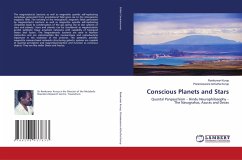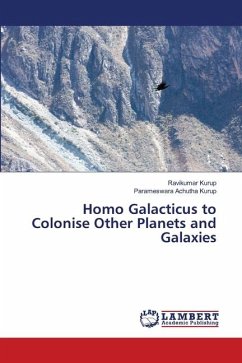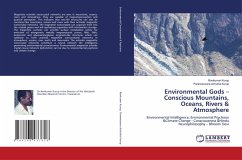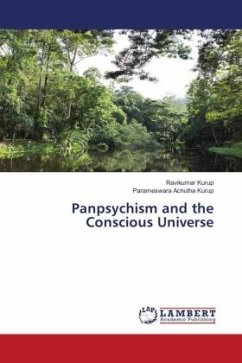The magnetotactic bacteria as well as magnetite cyanide self-replicating complexes generated from gravitational field gives rise to the intergalactic magnetic field. The twisting of the intergalactic magnetic fields generated by magnetotactic bacteria as well as magnetite cyanide self-replicating complexes leads to condensation of the gas giving rise to star systems of stars and planets. Stars and planets can be considered as magnetotactic protist symbiotic tissue organism networks with capability of biological fission and fusion. The magnetotactic bacteria are seen in Martian meteorites and are extremophiles like nanoarchaea and cyanobacteria important in the evolution of the universe. The symbiotic actinidic magnetite nanoarchaeal networks structuring galactic systems are capable of quantal perception and magnetoperception and function as conscious objects. They are like stellar Devas and Asuras.
Bitte wählen Sie Ihr Anliegen aus.
Rechnungen
Retourenschein anfordern
Bestellstatus
Storno









